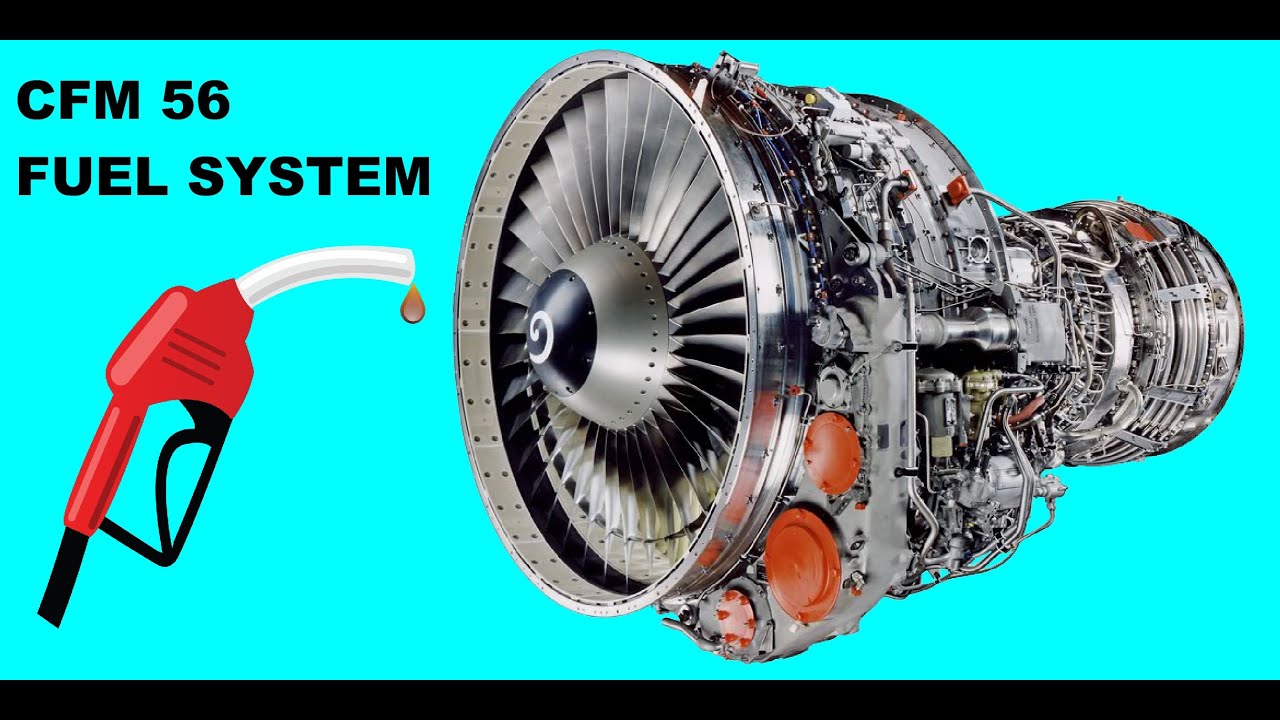Fuel Bunkering - 4th Engineer shows how Ships Refuel Gas!
Summary
TLDRThis video explains the ship bunkering process, focusing on the role of the fourth engineer. It covers essential steps such as planning, calculating fuel needs, safety measures, and communication with the bunker barge. The importance of measuring fuel by mass rather than volume is highlighted to prevent discrepancies caused by temperature changes. The video also emphasizes safety protocols to prevent pollution and ensure accurate fuel measurements. It concludes with the procedures for finalizing the operation, including taking fuel samples, completing paperwork, and documenting the process for compliance and future reference.
Takeaways
- 😀 Proper planning is essential for bunker operations, including determining the type of fuel and the tanks to be filled.
- 😀 Fuel mass is calculated based on volume and density, ensuring accuracy and preventing discrepancies from temperature changes.
- 😀 The engineers must be familiar with the ship’s valves and fuel lines for proper fuel transfer and safety.
- 😀 Safety is a top priority during bunker operations, with measures like plugging deck scuppers and using drip trays to prevent oil spills.
- 😀 The bunker delivery note provides important details such as specific gravity, sulfur content, and temperature, ensuring quality and compliance.
- 😀 The fourth engineer may need to verify the fuel quality by checking the bunker barge’s tanks and taking samples.
- 😀 Continuous monitoring of fuel flow, temperature, and pressure is necessary to prevent foam formation (cappuccino effect) and ensure accurate measurements.
- 😀 Fuel is typically filled to 90% capacity to prevent overflows, and the last tank is topped up at a lower pressure for precision.
- 😀 Samples are taken throughout the operation and classified for various checks, including ship, barge, and Marpol compliance samples.
- 😀 The bunker operation concludes with a signed confirmation of the fuel received and a note of any discrepancies or protests if fuel quality is in question.
Q & A
What is the purpose of bunkering on a ship?
-Bunkering is the process of refueling a ship to ensure it has enough fuel to operate, similar to how a car requires gas to move from one port to another. Ships require fuel for propulsion, electricity generators, boilers, and other equipment.
What is the role of the engineers in the bunkering process?
-Engineers, particularly the fourth engineer, play a crucial role in planning and executing the bunkering operation. They calculate the required fuel mass, prepare the tanks, ensure valve alignment, and monitor the operation for safety and accuracy.
Why is it important to calculate the mass of the fuel rather than its volume?
-The mass of the fuel is crucial because, unlike volume, mass cannot change with temperature. If fuel were sold by volume, its density could change due to temperature variations, resulting in inaccurate measurements. By using mass, you ensure accurate and fair payment for the fuel received.
How is the density of the fuel determined during the bunkering process?
-The density of the fuel is checked through the bunker delivery note, which provides details like specific gravity and temperature. This allows engineers to calculate the mass of the fuel being transferred.
What are some of the safety measures taken during a bunkering operation?
-Key safety measures include plugging deck scuppers to prevent oil spills, ensuring drip trays and containment trays are in place, establishing communication with the bunker barge, and preparing firefighting equipment. The ship's oil pollution emergency plan (PEP) is also reviewed to prevent oil spills.
What is the significance of the bunker delivery note (BDN)?
-The bunker delivery note is a crucial document that contains vital information about the fuel being delivered, such as its quantity, temperature, specific gravity, and sulfur content. This ensures that the fuel meets the required quality standards and compliance regulations.
What is the 'cappuccino effect' in bunkering operations?
-The 'cappuccino effect' refers to the foam that can form in the fuel when compressed air is mistakenly injected into the fuel line. This foam can create inaccurate readings during sounding and result in a misleading measurement of the fuel received.
How is the fuel sampling process conducted during bunkering?
-Fuel sampling is done continuously throughout the operation. A sample is collected from the incoming fuel and placed in a container. The sample is then divided into four sealed containers: for the ship's records, the barge, laboratory analysis, and compliance with MARPOL regulations.
What is the importance of sounding the tanks during bunkering?
-Sounding the tanks is essential for monitoring the fuel levels during bunkering. It ensures the correct tanks are being filled, prevents overfilling, and helps verify the accurate amount of fuel being delivered.
What happens after the bunkering operation is completed?
-After the operation, final soundings are taken to confirm fuel levels. The bunker delivery note is signed by the chief engineer, confirming the amount of fuel received. The operation is also recorded in the oil record book for tracking fuel movements aboard the ship.
Outlines

Этот раздел доступен только подписчикам платных тарифов. Пожалуйста, перейдите на платный тариф для доступа.
Перейти на платный тарифMindmap

Этот раздел доступен только подписчикам платных тарифов. Пожалуйста, перейдите на платный тариф для доступа.
Перейти на платный тарифKeywords

Этот раздел доступен только подписчикам платных тарифов. Пожалуйста, перейдите на платный тариф для доступа.
Перейти на платный тарифHighlights

Этот раздел доступен только подписчикам платных тарифов. Пожалуйста, перейдите на платный тариф для доступа.
Перейти на платный тарифTranscripts

Этот раздел доступен только подписчикам платных тарифов. Пожалуйста, перейдите на платный тариф для доступа.
Перейти на платный тарифПосмотреть больше похожих видео

FUEL OIL SYSTEM ON BOARD THE SHIP | Toping's World

Engine diesel (part2) the fuel circuit

Fuel Types - Fuel Systems - Airframes & Aircraft Systems #64

JET ENGINE FUEL SYSTEM

Centrifugal Purifiers and Fuel-Oil Treatment - 4th Engineer

How Enriched URANIUM is MADE☢️ | How URANIUM is EXTRACTED FROM MINES | From Mine to Reactor
5.0 / 5 (0 votes)
